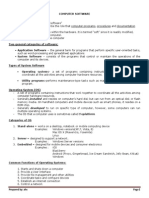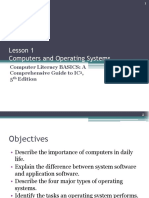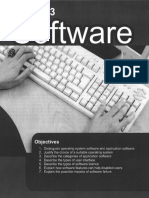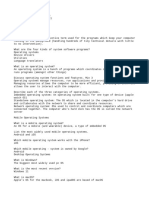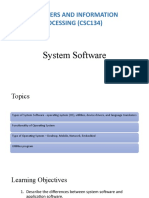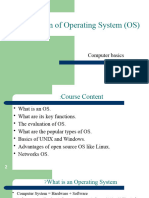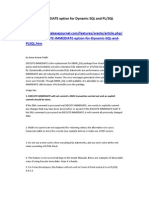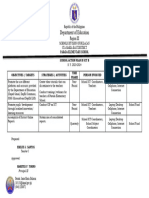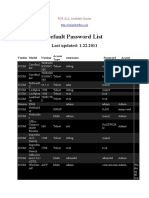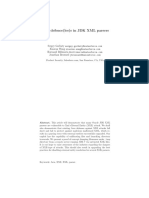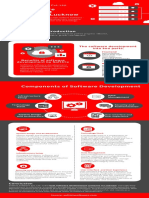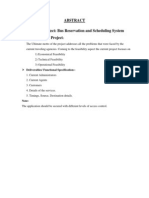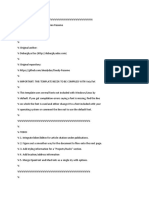0% found this document useful (0 votes)
6 views4 pagesSoftware
The document provides an overview of software, defining it as a set of instructions for operating computers, and categorizing it into system software, application software, utility software, and programming software. It also explains the role of operating systems in managing hardware and software resources, detailing their functions and types, including single-user, multi-user, and mobile operating systems. Additionally, it covers software installation and licensing, differences between software and hardware, and the booting process of computers.
Uploaded by
simweenepaul9Copyright
© © All Rights Reserved
We take content rights seriously. If you suspect this is your content, claim it here.
Available Formats
Download as PDF, TXT or read online on Scribd
0% found this document useful (0 votes)
6 views4 pagesSoftware
The document provides an overview of software, defining it as a set of instructions for operating computers, and categorizing it into system software, application software, utility software, and programming software. It also explains the role of operating systems in managing hardware and software resources, detailing their functions and types, including single-user, multi-user, and mobile operating systems. Additionally, it covers software installation and licensing, differences between software and hardware, and the booting process of computers.
Uploaded by
simweenepaul9Copyright
© © All Rights Reserved
We take content rights seriously. If you suspect this is your content, claim it here.
Available Formats
Download as PDF, TXT or read online on Scribd
/ 4












